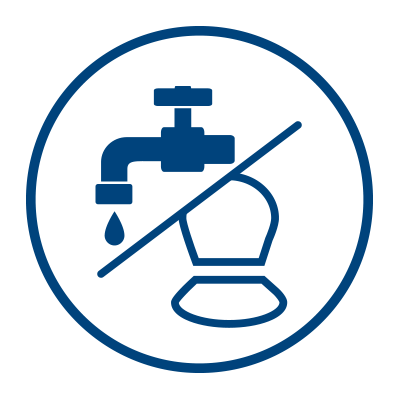Plumbing the Water Secrets of Cholera, Malaria, and Sleeping Sickness
The Story
Developed by Princeton University, with support by USACE’s International Center for Integrated Water Resources Management and UNESCO’s Intergovernmental Hydrological Program, the African Flood and Drought Monitor (AFDM) provides daily rainfall, temperature, soil moisture, and streamflow data for historical, near-real time and forecasting applications. Using satellite-generated inputs plus modeling, the system is especially useful where ground-based weather and streamflow stations are scarce.
Given the tremendous impact of drought in Africa, where a growing population depends on rain-fed agriculture, initial development of the AFDM system aimed at drought monitoring and prediction. However, water-related health applications, especially for endemic diseases such as malaria, cholera, and sleeping sickness, and for childhood development, have turned out to be just as important as drought-related applications.
For example, in Zambia, populations of two malaria-carrying mosquito species had strong, time-lagged correlations to AFDM–measured rainfall events. In Cameroon, associations were found between risk of cholera transmission across four climate subzones and AFDM average daily maximum temperature. In Tanzania, relationships were found among the abundance of two tsetse fly species, trypanosome prevalence, and AFDM temperature. And in various African countries, drought conditions were quantitatively associated with increased growth stunting in children aged 0–5.
This information will help public health and development workers dealing with malaria, cholera, sleeping sickness, and childhood development to time their interventions more effectively, saving money and lives.
Find More
Strategic Objective(S)
 Access to Safe Drinking Water and Sanitation
Access to Safe Drinking Water and Sanitation




Highlight